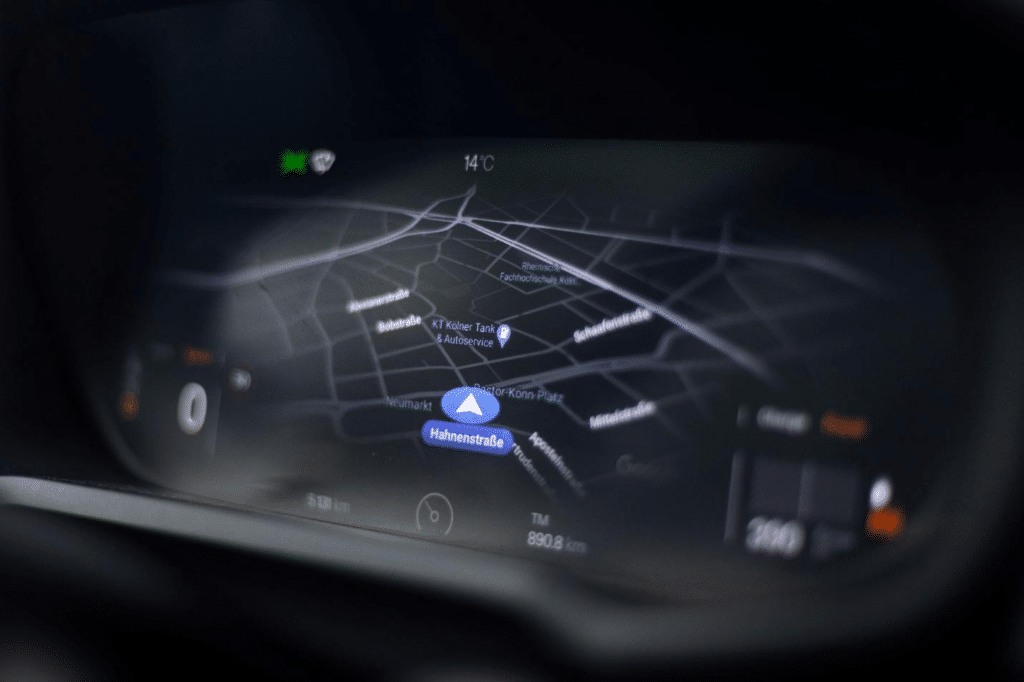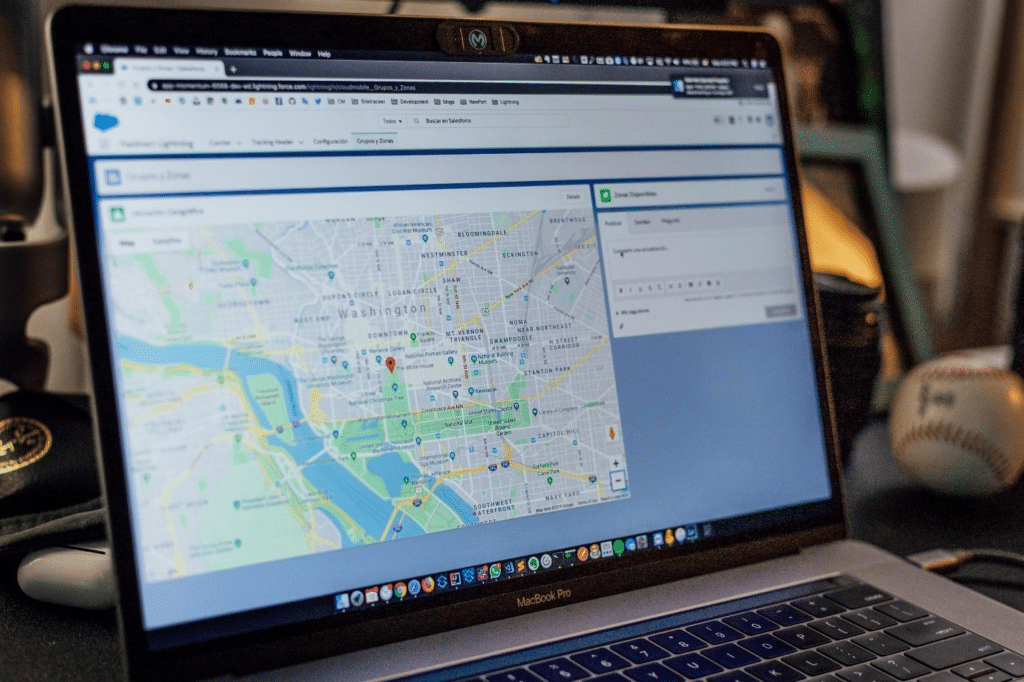Over 880,000 vehicles were stolen in the United States in 2021 – roughly 2,000 thefts daily and one every 36 seconds. Furthermore, the coronavirus pandemic exacerbated this problem as more people worked from home and drove less. As a result, they left their vehicles unattended for long periods, increasing the risk of vehicle theft, especially in areas of higher risk. Fortunately, recent technological advancements have allowed us to manage this risk – vehicle tracking devices.
Many vehicle owners and drivers have invested in tracking devices to retrieve lost vehicles and catch thieves. These tracking devices offer real-time location details regarding your car and send notifications when your vehicle goes beyond its geofence – the boundaries you set on a geographical area. Therefore, these devices play a fundamental role in your car’s safety, and it’s important to understand how they can keep you safe.
This post will shed light on tracking devices, how they work, how to use them to enhance your vehicle’s safety. Please continue reading to discover more about these devices.

What is a Car Tracking Device?
Vehicle tracking devices often employ global positioning system (GPS) tracking to trace the precise location of your vehicle. GPS tracking entails a network of 30 satellites circulating the earth, triangulating the trackable device’s movement, speed, and location. These devices are installed in cars, or you can hold them like a telephone.
GPS tracking was first produced for military operations, but its effectiveness in tracking vehicles has made them a standard feature in most vehicle models since the ‘80s. Today commercial fleets often employ tracking devices for cars like RAM Tracking to maintain accurate data on where their assets are all the time.

4 Things to Know About Vehicle Tracking Devices
Tracking devices for cars help improve and simplify a company’s fleet operations. Instead of constantly calling your drivers to know their location, fleet managers can view their online dashboards and access all information in real time. Therefore, fleet managers can spend less time talking on the phone, and the drivers can concentrate on the road.
Here are four fundamental things you need to know about vehicle tracking devices:
1. Provide accurate and detailed information
Vehicle tracking combines GPS information, software, and hardware to provide precise locations in real time. GPS technology uses several factors, like satellite geometry, atmospheric conditions, signal blockage, and the design of the receivers, to relay the information.
Top vehicle tracking solutions like RAM Tracking offer vehicle location units (ruggedized GPS receivers) to accept radio frequency signals that GPS satellites in orbit transmit. This offers geolocation timestamps and data depending on coordinated universal time (UTC) with ping for every vehicle point.
Moreover, GPS technology employs cellular networks to share the collected information, updated on a digital map that you can access on a mobile device or laptop using the car tracking device. As a result, you can receive an accurate account of all your vehicle locations on a single interface.
2. They do much more than just pinpointing vehicle locations
Using a vehicle tracking device to identify frequently visited landmarks and spots is great, but this tool can do much more for your company. You can reroute your fleet to jobs or company headquarters in an emergency or direct vehicles to key customers or sites for last-minute tasks.
You can also employ vehicle tracking devices to assess your drivers’ driving patterns and behavior using safety analytics and use the data to train your drivers effectively. The right car tracking device can help your company scale depending on its growing needs and make fleet management flexible to these needs.

3. You can use geofencing for customized mapping
Scalable and robust tracking devices such as RAM Tracking come with digital maps that you can use to add geofencing to your fleet operations. Geofencing employs vehicle tracking software and GPS technology to develop virtual geographical boundaries on various locations on the map. As a result, you can set triggering notifications when a particular car moves in and out of the designated area in real-time.
These tracking solutions also provide the ability to view vehicle activity besides engine use, like hydraulic functions on tow trucks or fuel tanker pumps. For instance, if your company has fuel pumps that must be turned on only at the designated fuel depot or customer site, you can create notifications that you receive when there are vehicle activities outside those pre-determined locations. This helps you track unauthorized vehicle use and after-hours activities, enhancing fleet security and safety.
4. They can extend your fleet’s lifespan
Vehicle tracking devices can help you extend the vehicle replacement cycle through service and maintenance tracking depending on odometer figures and other features restricting vehicle overuse. These tracking systems report your fleet’s mileage and alert you when they need maintenance services, like oil changes and tire pressure checks.
The tracking devices also have handy features like calendaring tools that allow you to establish service intervals to plan ahead and ensure that even minor issues are addressed. Furthermore, you can use tracking solutions to create alerts and notify your team if there’s a recall.
Vehicle tracking devices can extend your fleet’s lifespan by reducing mileage through effective vehicle rotation and better routing capabilities. You can conveniently dispatch your fleet to key locations or customer premises from anywhere on the map, preventing the underuse or overuse of certain vehicles in your fleet.
In addition, vehicle tracking solutions allow you to monitor driving behavior and conduct incident-specific coaching. This helps to minimize unnecessary wear and tear from reckless driving behavior like sharp turning or harsh braking. These good habits can increase driver awareness and safety and enhance your fleet’s longevity.

The Bottom Line
What do I need to know about tracking devices for cars? We hope you now have your answer. Vehicle tracking technologies offer various advantages, including increased safety, lower expenses, and increased productivity.
Whether you are a fleet manager or dispatcher looking for the best vehicle tracking solution, RAM Tracking is a leading tracking service provider with all the necessary features to satisfy your company’s expanding demands.
If your tracking system lacks the necessary functionalities, you may fall behind the competition in the long term. Therefore, use this article to learn about vehicle monitoring devices and how they can help you run a more efficient fleet.